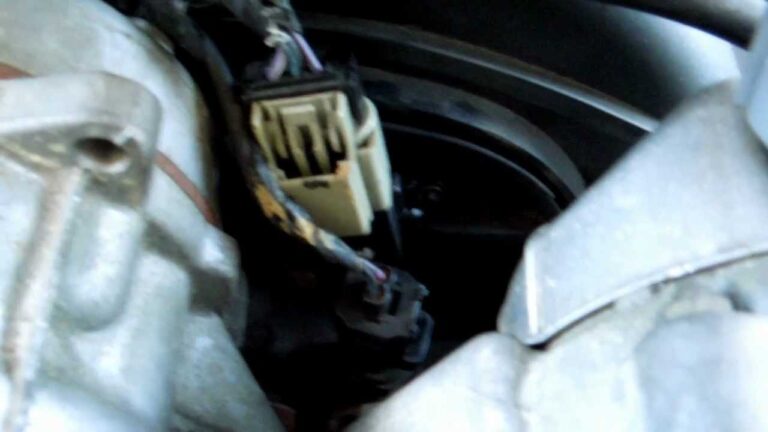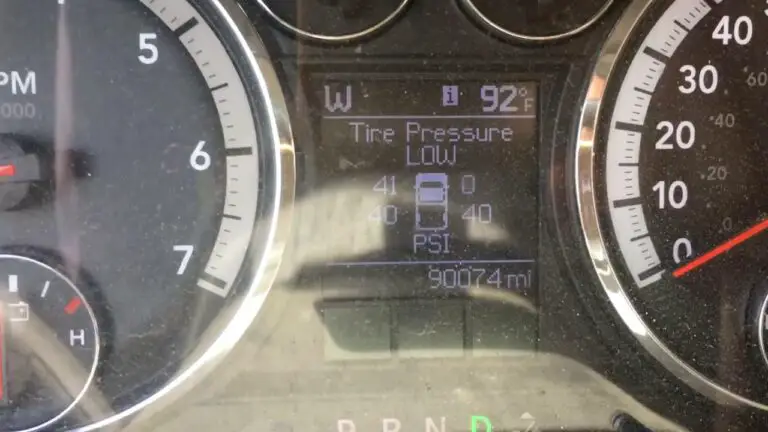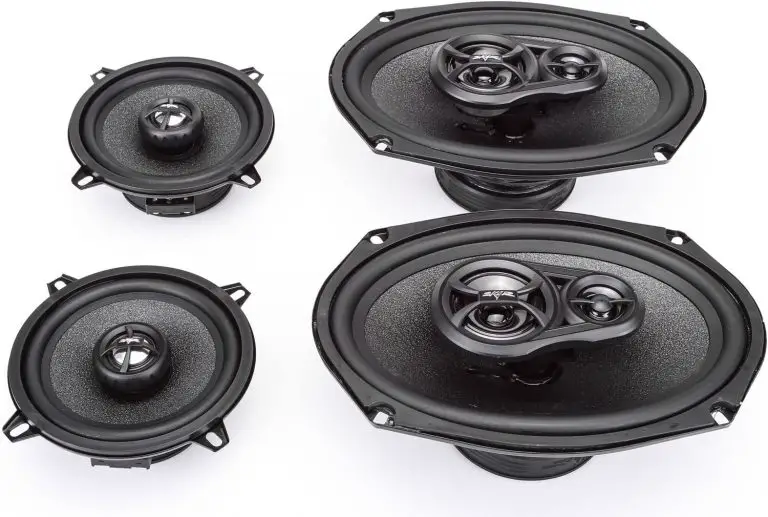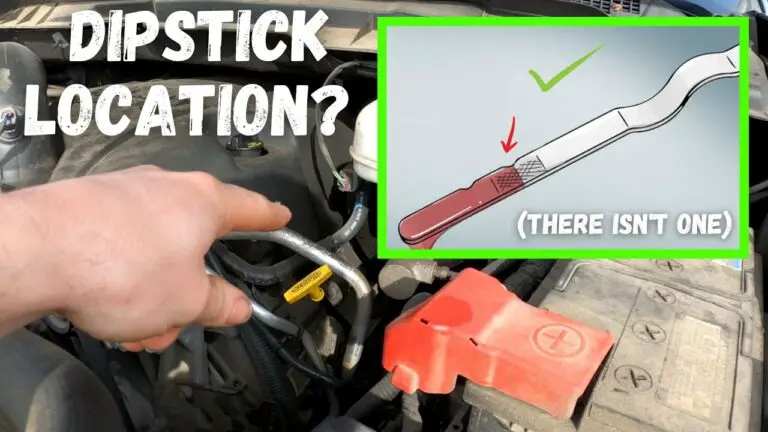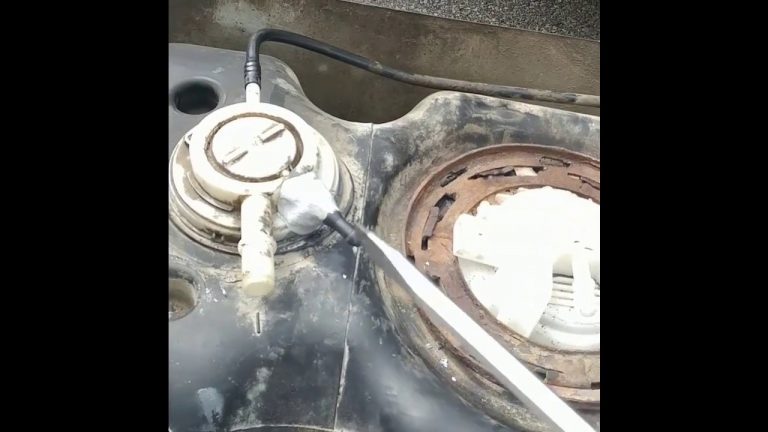6.7 Cummins Bad Turbo Actuator Symptoms
The most common symptom of a bad turbo actuator on a 6.7 Cummins engine is poor overall performance. The engine may have difficulty accelerating, lack power while climbing hills or when loaded, or the exhaust smoke may be abnormally high. Other symptoms include excessive vibration and/or noise coming from the turbocharger area; an illuminated check engine light; sluggish throttle response; decrease in fuel economy; and poor idle quality.
Additionally, you may notice visible oil leakage around the turbocharger if there is damage to its internal seals caused by faulty actuator movement. If any of these symptoms are present it should be addressed immediately as they can lead to further problems with other components within the vehicle’s drivetrain system if left untreated for too long.
If your 6.7 Cummins is experiencing poor performance, it may be due to a faulty turbo actuator. Common symptoms of a bad turbo actuator include decreased power and acceleration, stalling or surging idle, black smoke coming from the exhaust pipe, and excessive noise in the engine bay. If your vehicle exhibits any of these symptoms, it’s important to have it inspected as soon as possible to prevent further damage to your engine.
How do I know if my Turbo Actuator is bad? Cummins 6.7 Turbo Actuator Failure Symptoms
What Happens When a Turbo Actuator Goes Bad?
When a turbo actuator goes bad, it can cause some serious problems for your vehicle. In a nutshell, the turbocharger is responsible for increasing your engine’s power and efficiency by forcing additional air into the combustion chamber. The actuator is what actually controls the amount of boost created by the turbocharger.
When it fails or malfunctions, you may experience decreased performance and fuel economy as well as increased exhaust emissions due to an overly rich air/fuel mixture being fed into the engine. Other symptoms include sluggish acceleration, black smoke from exhaust pipes, strange noises coming from under the hood when accelerating and even stalling or cutting out altogether at high revs. If left unchecked this issue will eventually lead to more expensive repairs such as replacing worn-out internals like pistons and bearings on top of having to purchase a new turbocharger actuator itself, so it’s best to address this problem sooner rather than later if you suspect something is wrong with yours!
How Do I Know If My Actuator is Bad Or Turbo?
Deciding whether an actuator or turbo is bad can be a difficult task. It requires careful diagnostic procedures and thorough analysis of the symptoms that present themselves. To begin, it’s important to understand how these components work together in order to identify any potential problems.
An actuator is a device that controls the movement of various parts within an automotive engine, such as valves and pistons. On the other hand, a turbocharger uses exhaust gases to compress air into the intake manifold which increases power output from an engine by forcing more air into its cylinders. When either one of these components malfunctions, it could spell trouble for your vehicle’s overall performance; this includes decreased fuel economy, reduced acceleration and even misfiring issues if left unchecked for too long.
Fortunately, there are some ways you can tell if your actuator or turbo might be malfunctioning: First off, look at your car’s dashboard lights; if they are lit up constantly or blinking intermittently then this could indicate a problem with either component mentioned above. Additionally, pay attention to any strange noises coming from under the hood – rattling or grinding sounds could signify something wrong with either part so don’t ignore them! Finally, take note of any unusual smells emanating from inside your car – gasoline odors may point towards faulty actuation while acrid smoke often indicates failing turboshaft seals which prevent oil leakage onto exhaust pipes (and thus reduce efficiency).
If all else fails then consider getting professional help – experienced mechanics will be able to diagnose exactly what’s causing your vehicle’s poor performance in no time!
How Do You Test a 6.7 Cummins Turbo Actuator?
Testing a 6.7 Cummins turbo actuator is an essential part of keeping your engine running smoothly and efficiently. The purpose of the actuator is to regulate the amount of exhaust pressure in the turbocharger system by opening or closing the wastegate valve, allowing more or less air into the system based on engine load. To test it properly you will need to remove it from its mounting bracket and inspect it for any signs of wear or damage.
Once this has been done, you can check for proper operation by connecting a 12V power source to one side of the unit and ground on another side while monitoring its output voltage with a multimeter. The voltage reading should increase as you apply vacuum pressure to its diaphragm, indicating that it is working correctly; if not, then further diagnosis may be required such as replacing faulty components or cleaning out dirt/debris buildup inside the housing. Finally once everything looks good re-install back onto your engine and make sure all connections are secure before starting up again!
What Causes Cummins Turbo Actuator Failure?
Cummins turbo actuator failure can be caused by a variety of factors. The most common cause is an oil leak, which can allow dirt and debris to enter the system and damage the actuator’s components. Another possible cause is excessive heat from prolonged engine operation at high speeds or running too hard for too long, leading to thermal fatigue of the parts.
Faulty installation procedures or poor maintenance practices may also contribute to malfunctioning turbo actuators as well as incorrect lubricant selection or improper lubrication maintenance. An additional factor that could potentially lead to Cummins turbo actuator failure is vibration-related wear and tear on internal components due to lack of dampening material between them. Finally, extreme conditions such as extremely cold temperatures and high altitudes may put additional stress on the parts resulting in premature breakdowns if they aren’t properly cared for during these periods.
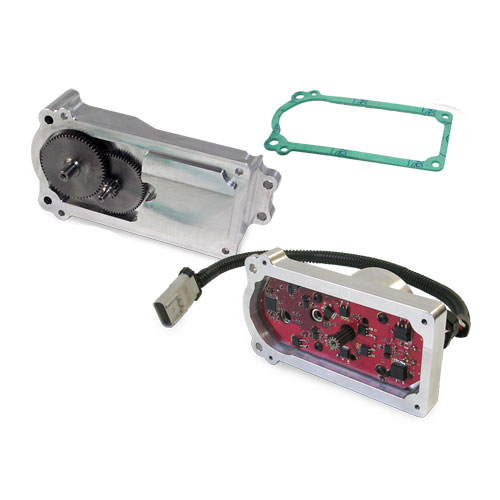
Credit: www.genosgarage.com
6.7 Cummins Turbo Actuator Delete
If you’re looking to boost performance on your 6.7L Cummins diesel engine, a Turbo Actuator Delete is an economical and easy way to do so. This modification removes the electronic actuation of the variable geometry turbocharger (VGT) for more consistent boost pressure, resulting in improved throttle response, higher peak torque and horsepower output as well as reduced EGTs. Additionally, this simple mod can help reduce backpressure by decreasing exhaust restriction which increases airflow through the intake manifold and turbocharger for increased efficiency and power.
6.7 Cummins Turbo Actuator Fuse Location
The 6.7 Cummins Turbo Actuator Fuse is located in the engine compartment on the driver’s side of the vehicle, next to the firewall. It should be a black, 20-amp fuse that will have “TurboAct” printed on it. If this fuse has been blown due to an actuator malfunction or other issue, it will need to be replaced with an identical one for proper operation of your turbocharger system.
6.7 Cummins Turbo Actuator Calibration
The 6.7 Cummins turbo actuator calibration is an essential maintenance task, as it ensures your vehicle’s turbocharger can perform optimally and reliably. This calibration procedure involves recalibrating the electronic wastegate controller to ensure that the engine air intake pressure and boost level are within factory specifications. It also helps to reduce exhaust smoke levels, which improves both fuel economy and overall engine performance.
Additionally, calibrating your turbo actuator can help extend its lifespan by preventing premature wear or damage due to incorrect settings.
Conclusion
In conclusion, the 6.7 Cummins bad turbo actuator symptoms can range from a lack of power to higher exhaust temperatures and even smoke production. If any of these symptoms are present in your vehicle, it is important that you bring your truck into a certified mechanic as soon as possible for diagnosis and repair. While most people may assume that replacing or repairing the faulty actuator is easy, it is actually quite complicated and should only be done by an experienced technician to ensure proper repairs are made.



